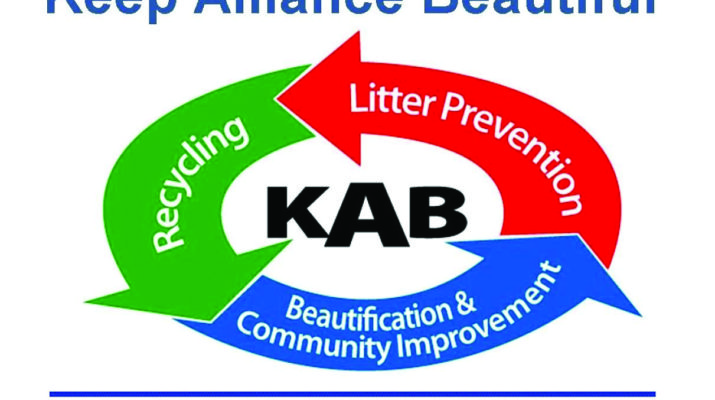Author’s Note: This is the first column in a series about Hayes Chandler.
“That’s Hayes Chandler . . .”
Serious eyes look over folded hands – more telling of his years than short graying hair and the barest trace of a beard. A button-down shirt and pair of overalls match the backdrop blending with the shadows and the stoic man’s brown skin.
It was decades ago, long enough I cannot say for certain where, that I first noticed this large portrait of someone I assumed was a local farmer. I learned the man’s name was Hayes Chandler and that the black and white photograph was a prize-winning portrait taken by Glen Worley in the early 1950s. Hayes passed away a decade before I was born. So, though I have met a few of his family members over the years and heard a bit about the wagon Hayes drove around Alliance on a garbage route, I knew little else.
Keep Alliance Beautiful Executive Director Kathy Worley wanted me to expound on Hayes’ role as one of the community’s early stewards of the environment through years as a farmer then refuse collector, gardener and landscaper.
The Chandler family came to Box Butte County about a generation after our two remaining towns had been incorporated. Hayes was born in Mississippi, Sept. 25, 1882, the son of former slaves. Florence Nickens, who recently took some time to visit about her granddad, said her great granddad had been a “biscuit carrier” when he was 4, a slave who helped women in the kitchen. Hayes and his wife Florence moved from Oklahoma to the Hemingford area where her uncle, Robert Ball Anderson, was a successful farmer and rancher. The couple farmed there from 1915 until they moved to Alliance in 1928 where “granddad worked wheat and soil,” Nickens said.
As the family became established here, Hayes began finding what grew to a list of hundreds of customers. Alliance had left behind the days of livery stables and bricked the Butte by the time he was well-known for driving a two-horse team and wagon. Like today’s garbage trucks, people usually heard Hayes before catching sight of him coming down a street or alley. Nickens remembers riding with him while picking up trash from businesses downtown, noting he had steel tires and you “could hear him a block away.”
“Someone asked him why he didn’t get rid of the horses and get a car (or pickup),” Nickens said. Hayes replied that he had no windshield to replace, no tires to get flat and no gas to buy.
Evident in talking to his granddaughter, was the great respect the community showed Hayes and the high regard many had for him. Nickens told of the time his wagon burned up in an accidental fire. A local rancher Hayes knew built a new one for him – this time with (quiter) rubber tires.
The same horses who pulled the wagon performed double duty with a plow and other implements as Hayes cleared and prepared ground. “He put in gardens for people and did hundreds of lawns from the ground up,” Nickens said.
The Chandlers had four children and lived in the Hill Addition of South Alliance (now part of the BNSF Railway property). Nickens’ mother, Myrtle, was one of their twins (born in 1915 and among the first in Nebraska). After Myrtle passed away, Hayes and Florence raised Nickens and her five siblings through a guardianship. Nickens said she was eight at the time and the youngest was just six days old.

